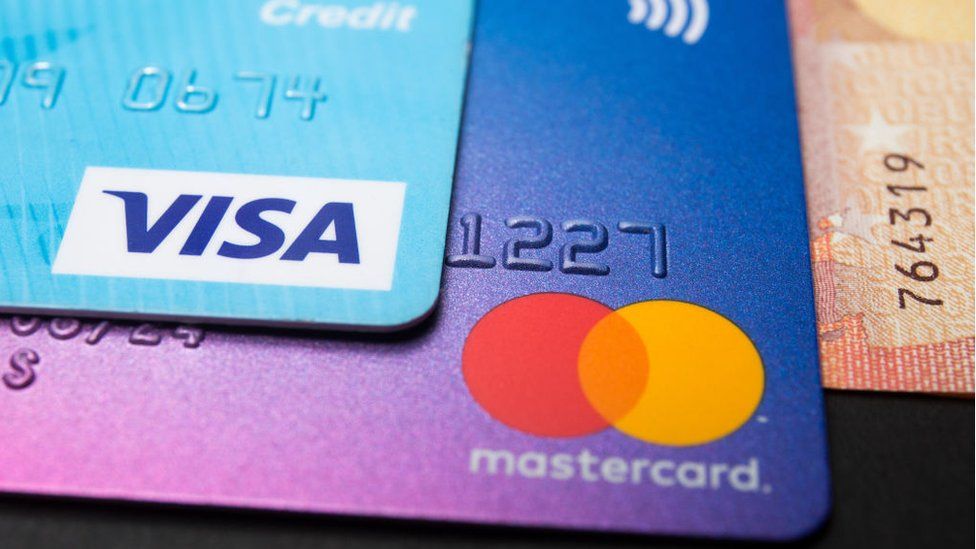Mastercard to Replace Credit Card Numbers with Tokenization Technology
01.09.2024 8:00 1 min. read Alexander Stefanov
Mastercard is planning to phase out traditional credit card numbers in favor of tokenization technology as a means to enhance data security and minimize the risk of information leaks.
This development was highlighted by Singaporean publication Lianhe Zaobao, which detailed Mastercard’s proactive measures to tackle the increasing issue of online fraud.
Tokenization involves substituting sensitive information, such as credit card numbers, with randomly generated digital tokens. These tokens stand in for the original data during both storage and transmission, thereby greatly reducing the likelihood of data breaches.
Mastercard CEO Michael Miebach emphasized the company’s intention to broaden the application of this technology while also moving towards biometric authentication methods, like fingerprint or facial recognition, to replace traditional passwords.
This move is part of Mastercard’s broader strategy to mitigate the impact of online payment fraud, which is projected to cost the company over $91 billion by 2028.
The company initially introduced tokenization technology a decade ago, and while it took three years to achieve its first billion-dollar transaction using this method, Bloomberg reports that the same volume can now be processed in just one week.
-
1
Coinbase Brings Cardano and Litecoin to DeFi via New Wrapped Tokens on Base
26.06.2025 18:00 1 min. read -
2
XRP Ledger Sees Sharp Drop in Activity as Key Network Metrics Tumble
26.06.2025 19:00 1 min. read -
3
Top 10 DeFi Projects by Development This Month
28.06.2025 20:00 1 min. read -
4
XRP Ledger Deploys EVM-Compatible Sidechain to Expand Multichain Utility
30.06.2025 21:00 2 min. read -
5
What the U.S. Blockchain Act Means for Crypto’s Future
29.06.2025 18:00 2 min. read
German State-Owned Development Bank Issues €100 Million Blockchain Bond
Germany’s state-owned development bank NRW.BANK has issued a €100 million ($116.7 million) blockchain-based bond, marking one of the largest public-sector entries into digital securities in Europe.
Largest Bank in Hong Kong Explores Digital HKDollar in new project
HSBC took a major step in digital currency innovation by concluding experimental trials under the HKMA’s Project e-HKD+.
Alibaba Founder-Backed Ant Group to Integrate USDC Stablecoin
Ant Group’s international arm, backed by Alibaba founder Jack Ma, is preparing to integrate Circle’s USDC stablecoin into its proprietary blockchain payment network.
Emirates to Integrate Crypto.com Pay in 2025: A New Era of Airline Payments
Emirates Airline has taken a bold step toward embracing digital finance by signing a Memorandum of Understanding (MoU) with leading cryptocurrency platform Crypto.com.
-
1
Coinbase Brings Cardano and Litecoin to DeFi via New Wrapped Tokens on Base
26.06.2025 18:00 1 min. read -
2
XRP Ledger Sees Sharp Drop in Activity as Key Network Metrics Tumble
26.06.2025 19:00 1 min. read -
3
Top 10 DeFi Projects by Development This Month
28.06.2025 20:00 1 min. read -
4
XRP Ledger Deploys EVM-Compatible Sidechain to Expand Multichain Utility
30.06.2025 21:00 2 min. read -
5
What the U.S. Blockchain Act Means for Crypto’s Future
29.06.2025 18:00 2 min. read


